We are often asked what the most essential dimensional measurement tools are for a machine shop that is just getting started. If purchasing a CMM or vision system (or both) is outside of your budget currently, these are the tools that every machine shop quality dept should have at the very minimum to perform quality inspections. In fact, even if you’re going to get a CMM or a vision system, a good inspection department should always have these measurement tools in-house. Hand tools are sometimes the most affordable answer when you need to take measurements. Aside from investing in an optical comparator (which is still one of the most affordable precision tools a shop can invest in), precision hand tools are generally cost-effective and can be used for a broad range of applications, and are still highly accurate when used correctly. We put together a handy checklist for the top 10 affordable dimensional inspection tools every machine shop or manufacturer should have.
- Optical Comparator – The optical comparator is a measurement tool that projects a magnified image of parts to collect dimension measurements and complete inspection protocols. Images of the part are magnified using illumination sources, lenses, and mirrors to make the 2-D measurement. The magnified 2-D image is projected on a screen to assess if the dimensions and geometry of the parts are within specifications. The optical comparator has been around in some form or another for almost a century. Classic optical comparators themselves do not inherently produce digital data, although variations with enhanced digital systems have this ability.
- Micrometers – Micrometers are a tool that measures the size of a target by enclosing it. Some models are even able to perform measurements in units of 1 μm. In general, the term “micrometer” refers to outside micrometers. A variety of other types of micrometers also exist according to different measurement applications. Examples include inside micrometers, bore micrometers, tube micrometers, and depth micrometers. Over the years, digital micrometers have become a more common standard and incredibly popular. Imperial: The spindle of a micrometer graduated for the Imperial and US customary measurement systems has 40 threads per inch so that one turn moves the spindle axially 0.025 inches (1 ÷ 40 = 0.025), equal to the distance between adjacent graduations on the sleeve. Metric: The spindle of an ordinary metric micrometer has 2 threads per millimeter, and thus one complete revolution moves the spindle through a distance of 0.5 millimeters. The longitudinal line on the sleeve is graduated with 1-millimeter divisions and 0.5-millimeter subdivisions.
- Calipers – Calipers are a precision instrument that can be used to measure internal and external distances (and usually depths too) extremely accurately. The examples shown are digital (LCD display) and dial (dial indicator) calipers to show the distances/measurements. Earlier versions of this type of measuring instrument (Vernier calipers) had to be read by looking carefully at the imperial or metric scale, and there was a need for very good eyesight (or a magnifier) to read the small sliding scale. Conventionally operated calipers can still be bought and remain popular because the digital version requires a battery, whereas the conventional version does not need any power source. Digital calipers can be easier to use as the measurement is clearly displayed and also, by pressing the inch/mm button, the distance can be read as metric or imperial.
- Gage Blocks – Gage blocks are a system for producing precision lengths. The individual gage block is a metal or ceramic block that has been precision ground and lapped to a specific thickness. Gage blocks come in sets of blocks with a range of standard lengths. In use, the blocks are stacked to make up the desired length.
- Pin Gages (also called go/no go gages) – Pin gages are used to gage bored features. They’re commonly used in combination to produce a “Go-No Go” gage that quickly qualifies a bored hole. Pins are especially useful for gaging the straightness of a relatively deep bore. Pin gages are an integral part of the quality process that is used in the manufacturing industry to ensure the interchangeability of parts between processes or even between different manufacturers. It does not return a size or actual measurement in the conventional sense, but instead returns a state, which is either acceptable (the part is within tolerance and may be used) or unacceptable (the part must be rejected).
- Thread Gages (also known as a thread plug gage or a go/no go thread gage) – A thread gage is a complete internal thread of either single or double end type, comprised of a handle and threaded gaging member or members. A thread “Go” gage checks the minimum major diameter and the minimum pitch diameter size in a part, the “No Go” gage checks for the threaded hole not to exceed the maximum pitch diameter size in a part. This verification would be performed by threading the Go thread gage to the full depth of the feature without restriction, followed by the non-acceptance of the No-Go thread gage.
- Granite Inspection Table (also known as a surface plate) – A granite inspection table is a solid, flat plate used as the main horizontal reference plane for precision inspection, marking out (layout), and tooling setup. The granite inspection table is often used as the baseline for all measurements to a workpiece; therefore one primary surface is finished extremely flat. Inspection tables are a common tool in the manufacturing industry and are often fitted with mounting points so that it can be an integrated structural element of a machine such as a coordinate measuring machine (CMM), precision optical assembly, or other high precision scientific & industrial machines. Plates are typically square or rectangular, (and less common, round), although they may be cut to any shape.
- Height Gages (often called the poor man’s CMM) – A height gage is a measuring device used for determining the height of objects, and for marking of items to be worked on. These measuring tools are used to either set or measure vertical distances; the pointer is sharpened to allow it to act as a scriber and assist in marking out workpieces. Height gages may also be used to measure the height of an object by using the underside of the scriber as the datum. Digital height gages allow for direct reading of the height or even setting zero locations at places other than the reference surface plate. Digital height gages can be easier to read as the measurement is clearly displayed and also, by pressing the inch/mm button, the distance can be read as metric or imperial. Dial height gages use a dial indicator to set the measurement height. These units feature a mechanical dial with a needle pointer that allows for easy reading. Height gages are commonly used in conjunction with indicators (as shown below) set in place of the scribe.
- Indicators – Indicators are any of various instruments used to accurately measure small distances then amplify them to make them more obvious. The name comes from the concept of indicating to the user that which their naked eye cannot discern; such as the presence, or exact quantity, of some small distance (for example, a small height difference between two flat surfaces, a slight lack of concentricity between two cylinders, or other small physical deviations). Indicators may be used to check the variation in tolerance during the inspection process of a machined part, as well as many other situations where small measurement needs to be registered or indicated. Indicators are often used in conjunction with height gages.
- 1-2-3 Blocks – 1-2-3 Blocks are used in machining fields, especially milling, to aid in setup. 1-2-3 block is a common shop setup tool usually made of hardened steel that measures 1″ thick × 2″ wide × 3″ long. The blocks are accurately ground to size and orthogonal geometry, within 0.0002″ (5µm), with the intention of trusting them as de facto shop floor setup standards without regard to delicacy when performing setups. May contain arranged holes. Similarly, larger blocks are called 2-4-6 blocks.
We are here to help
Hopefully, you now have at least a nominal understanding of the basic dimensional inspection tools that a machine shop or manufacturer that is just getting started should have. If you still have questions or are looking for a dimensional measurement laboratory to help you with your needs, we would be glad to help. At Q-PLUS Labs, we are experts in all aspects of dimensional measurement because it is what we do all day and have done so now for 33 years. Our goal is to provide you with the best information for your project in the most efficient and cost-effective ways. We offer a wide range of measurement services as well as products for purchase. Have a look at our offerings to learn more about what we can do for you and your business. We offer a no-cost needs assessment to help you make the right decision, or simply contact us today.




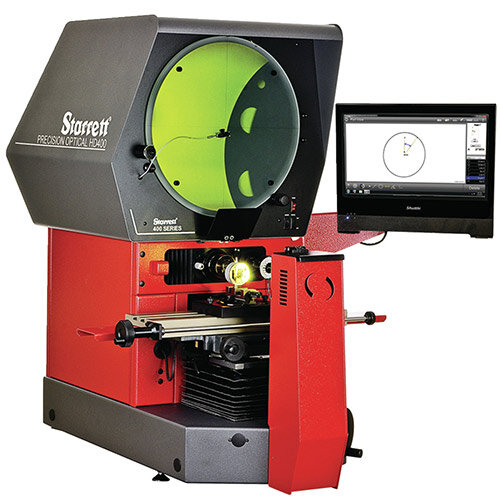
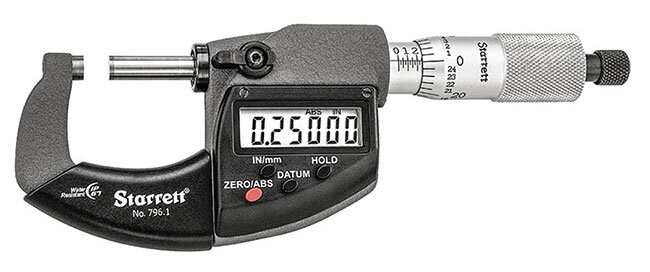



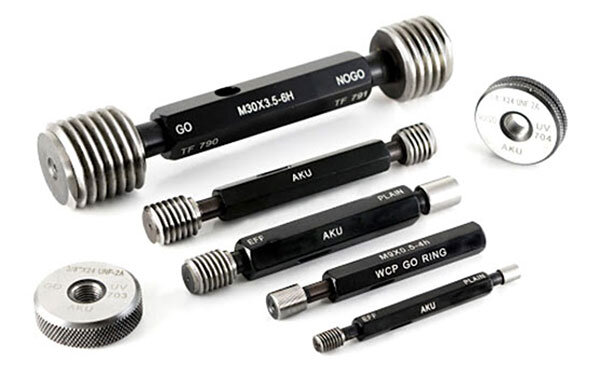


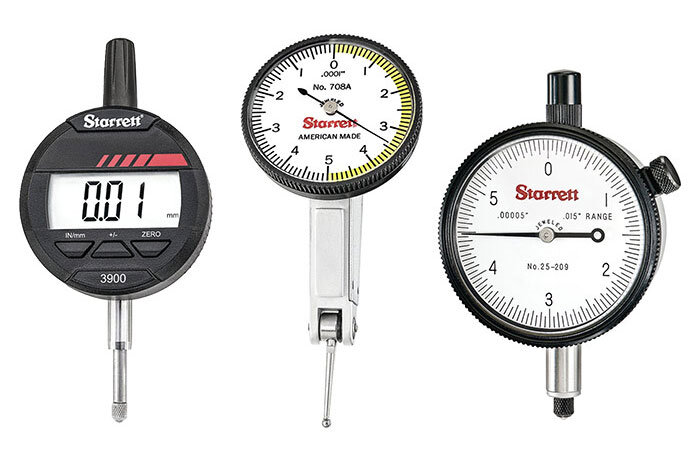


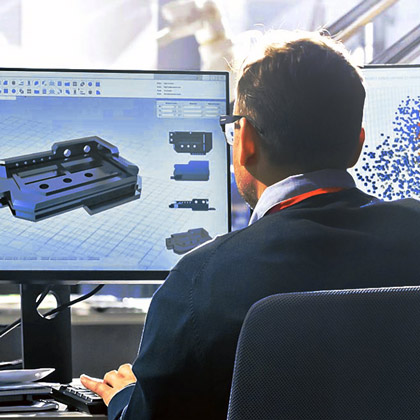
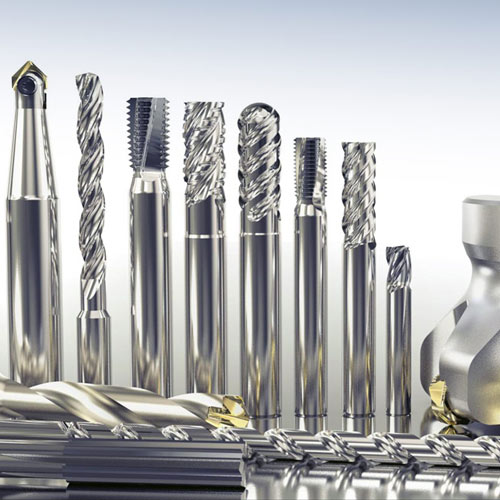
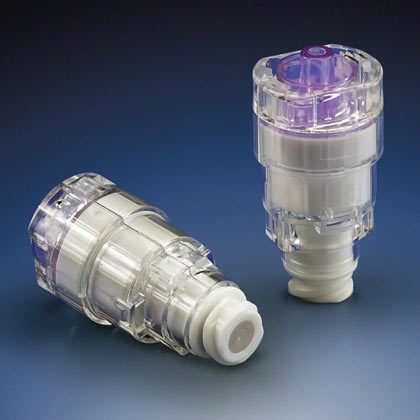
Leave A Comment
You must be logged in to post a comment.